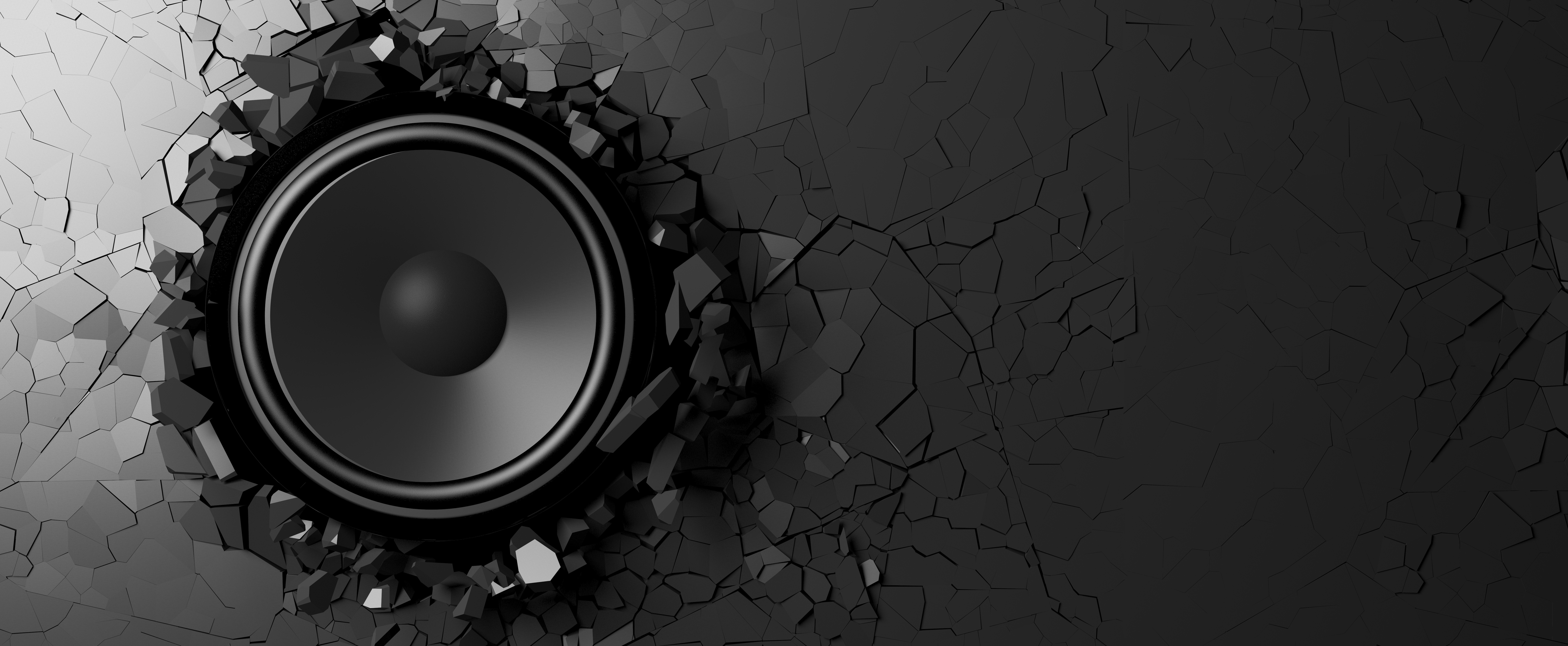
- Dynamic range is simply defined as the difference between the softest and loudest sounds audible from a sound system.
- While much emphasis is placed on the loudness side, it can be shown that the audibility of the softest sounds is an equal measure of system performance and is heavily dependent on a rooms NC.
- At a minimum, a system must be capable of reproducing loud passages with ease and without distortion while soft sounds remain easily audible.
Loud but Subtle
Insufficient power or sensitivity is usually an easy thing to hear. When playing loud passages, we can hear all of the metrics crushed and often with a measure of harmonic distortion from clipping added. It’s noteworthy to point out that in our human experiences of reproduced sound, we are quite used to hearing clipping. There are few audio systems that are truly capable of reproducing the full dynamic range of many sounds. Our realization of true speaker or amplifier clipping is often only after it reaches a more critical stage. Alternately, we are highly capable of noticing the absence of clipping. A useful way to describe loud undistorted sound is “effortless”. As in effortlessly reaching a crescendo without pain. The crescendo might be of an orchestra or it might be that of the cacophony of explosions that accompanies many scenes in a movie. Some people are more sensitive to this pain, like the client’s spouse perhaps. Removing it by right sizing the amps and speakers often means that even the most offended by clipping will enjoy the entire movie explosions and all.
Excessive ambient noise can wash out subtle details which can enhance clarity. An obvious analogy is with ambient light and ambient noise. Excessive ambient light reduces the ability of the screen to depict deeper shades of black and reduces the overall contrast. Ambient noise works in an analogous way reducing the audibility of low-level spatial sounds (ITDG) and in some cases reduces the audibility of other sounds. It can be an explanation of why some increase the sound level of the center channel or the surround speakers when they can’t quite hear things as they imagined.

